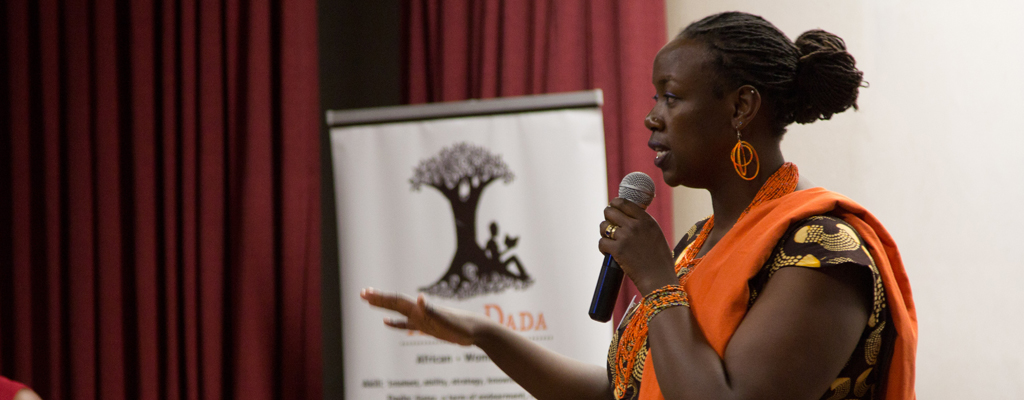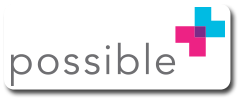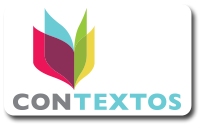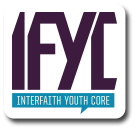
Foundation Beyond Belief introduces five new beneficiaries for the first quarter of 2015
By AdministratorThroughout the years, Foundation Beyond Belief has worked to achieve philanthropic best practices and stay true to our values and mission. Incorporating best practices into our Humanist Giving model is a closely monitored balancing act. We are currently adapting our approach to selecting beneficiaries—while selecting our first-quarter 2015 beneficiaries, we reviewed and researched the following:
- Data Collection: Use of evidence-based best practices for program areas; data collection should be integrated into the organization for future study, and decision making should be based in science and data when available.
- Vision: The organization should have a clear, concise set of markers that drive programs.
- Innovation: The organization is forward thinking and adaptive.
- Community Based: Solutions are community based with strong community input. Onsite employees are local wherever possible.
- Capacity Building: The organization’s model can be replicated and used in another location.
- Transparency: Information about the organization can easily be found and is released in a timely fashion.
- Financial Health: We no longer use an Administrative vs. Program spending ratio to determine a beneficiary candidacy. Our guidelines now include sound financial principles, existence of reserve funds, adaption of expenses to changes in revenues, key staff salaries in line with norms for the location, and fundraising expenses below 20% with evidence of success.
Obviously it is impossible to find all of these characteristics in just one beneficiary, but these are the criteria that we weigh our research against. With that in mind, here is our new slate of featured beneficiaries for the first quarter of 2015:
 Poverty and Health: Possible
Poverty and Health: Possible
Possible runs a full-service hospital in rural Nepal, where care is difficult to access and expensive. Their model includes a capacity-building component that calls for building six local clinics (three completed) and using community health care workers to fill in the gaps. Long-term plans are to expand this model with six main hospitals. Possible works on these main tenets:
- A clear cultural mission that is listed on every page and imbedded in all literature.
- Transparency—they have developed six indicators of their progress and they evaluate and publish reports on these indicators quarterly.
-
Method and Assistance—they have advisory boards full of health professionals in both the US and Nepal, giving Possible access to additional resources. Further, most of their employees are Nepalese nurses running the programs.
 Education: ConTextos
Education: ConTextos
ConTextos’ goal is to train teachers to incorporate literature, picture books, and read-aloud techniques, regularly used in classrooms in the United States, in the education system in El Salvador. The standard curriculum in El Salvador is rote memorization, and most teachers have never incorporated outside resources to supplement. As training began, ConTextos representatives discovered that many teachers didn’t know how to read a book aloud, including inflection, storytelling, and even holding a book so that the children could see the pictures.
Teachers are taught the best practice teaching strategies and return to the school to implement the program with students, then they share the techniques with other teachers. Basic assessments of both teacher training methods and student achievement are conducted prior to and after the trainings. Once a school is in their system, it stays in their system. ConTextos has a scalable model that can be replicated in multiple locations.
 The Natural World: Ocean Conservancy
The Natural World: Ocean Conservancy
Ocean Conservancy runs a mix of advocacy and direct environmental protection programs. They are a large organization with an appropriately broad number of projects. One thing that makes them stand out from other advocacy organizations in the environmental protection realm is their production of a significant amount scientific research, which informs their programs. They make their dedication to scientific research in policy clear: “Ocean Conservancy educates and empowers citizens to take action on behalf of the ocean. From the Arctic to the Gulf of Mexico to the halls of Congress, Ocean Conservancy brings people together to find solutions for our water planet. Informed by science, our work guides policy and engages people in protecting the ocean and its wildlife for future generations.”
 Human Rights: Akili Dada
Human Rights: Akili Dada
Akili Dada is a full-service developmental program aimed at helping Kenyan girls and women build leadership skills. Their programs serve multiple age ranges, creating ongoing opportunities for girls and women to continue their development. They are sensitive to local community and culture, using cultural norms within communities where they conduct their programs. Their focus is on helping these women in Kenya reach their greatest potential.
 Challenge the Gap: Interfaith Youth Core
Challenge the Gap: Interfaith Youth Core
Interfaith Youth Core is a longstanding interfaith program that trains leaders at college campuses in religious tolerance and understanding. Their missions and values make them a good match for the Challenge the Gap program. IFYC uses social science data and meaningful engagement opportunities to foster interfaith cooperation. “We believe that American college students, supported by their campuses, can be the interfaith leaders needed to make religion a bridge and not a barrier.” IFYC is a returning beneficiary—Foundation Beyond Belief also featured them in the first quarter of 2011.
Members, don’t forget to log in to your account and update your donation allocations for the first quarter. We will be sharing updates and in-depth stories about our featured beneficiaries throughout the quarter—stay tuned to our blog and follow us on Facebook, Google+, and Twitter for all the latest news.
